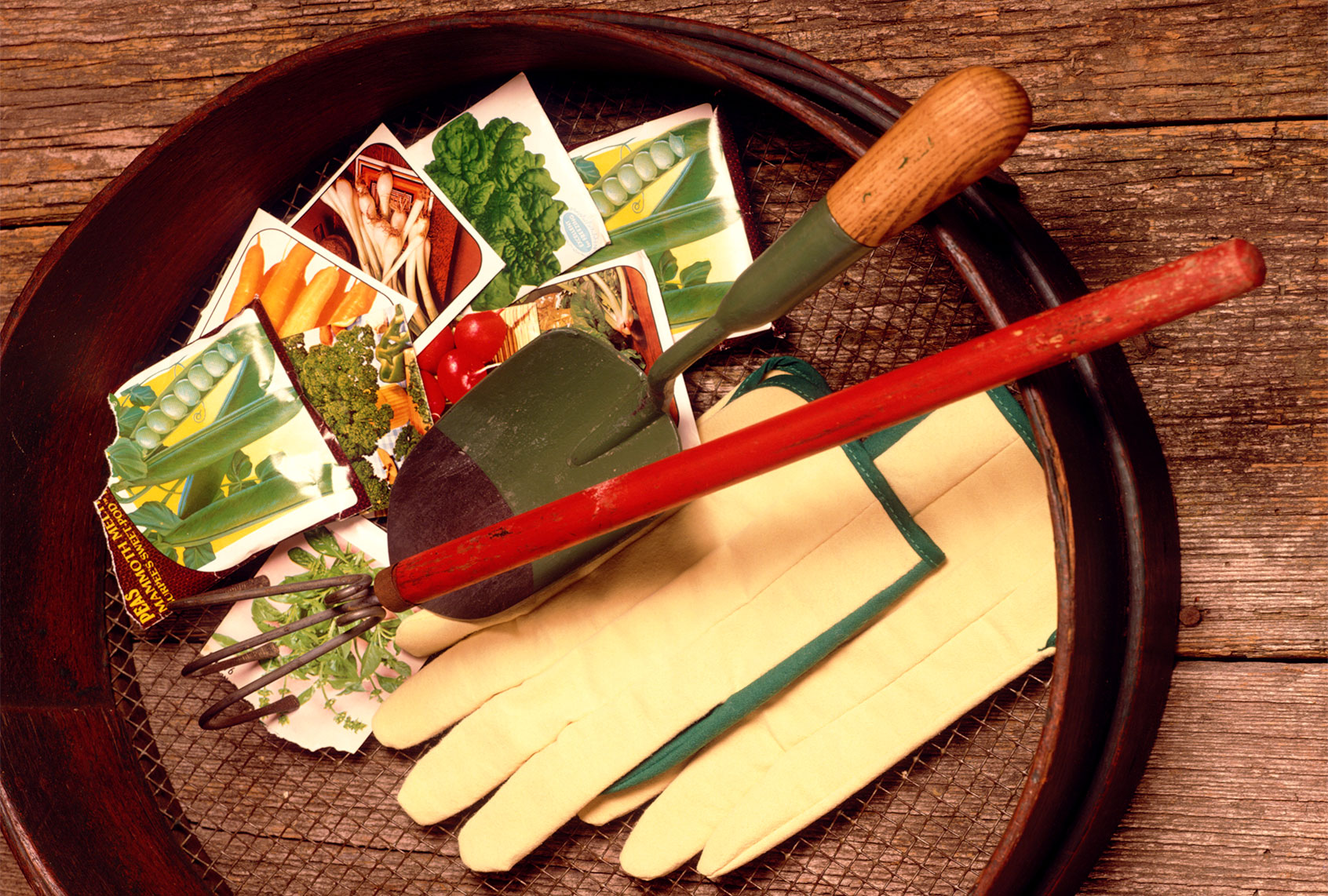During the second half of May, I keep an eye on the weather forecast (even more obsessively than usual), because I have dozens of vegetable plants ready to be transplanted into the garden. Here in northeastern Pennsylvania, we can still get a late frost that would be fatal for my tender young plants.
My garden is a mixture of plants from nurseries and ones that I started myself from seed, and whether you should grow from seed or buy plants very much depends on your individual situation. Root vegetables such as beets and parsnips don’t transplant well, and they should be directly seeded in the garden, as should be beans, peas, and leafy greens like lettuce and spinach. For all the others, here’s a list of factors to consider.
* * *
Hunting for heirlooms?
Seed companies will carry tons more varieties of any given vegetable than what you’ll be able to find already growing at a nursery. There are more than 10,000 different tomato varieties to be found as seeds, while a well-stocked nursery might carry two dozen varieties at best. If you have your mind set on more unusual varieties (including heirlooms) that you cannot find as plants, starting from seed is the way to go.
* * *
Can you bathe your seedlings in light?
The need for sufficient light for seed starting cannot be overstated. I have found that the often-recommended sunny window for your seedlings just won’t do—soon they start bending toward the light, and they get leggier with every inch they are removed from the light source. Unless you are the lucky owner of a greenhouse, you will need full-spectrum growth lights that emulate sunlight. A new trick I tried this year is to use the LED lights from my hydrogarden after removing the water bowls and grow decks. I am happy to report that the seedlings are the strongest I have ever grown.
* * *
Ready to make a commitment?
Ask yourself whether you can invest the time and effort to start from seeds. It means watering daily, sometimes twice a day. Letting seeds dry out even the slightest bit during germination is an absolute no-no, and keeping them consistently moist is key.
You also need to monitor the temperature. For example, tomato seeds germinate best at 65°F to 85°F; anything lower or higher will delay germination — or the seeds won’t germinate at all.
* * *
Consider the overall cost
Seed packets are often touted as cheaper than buying plants, but once you add up all the costs of a proper setup for seed starting, plus figure in your time and effort, it might be more economical to just buy plants. It’s the safer way, too, as you don’t have to deal with the uncertainties of seed starting.
* * *
The quantity factor
How many plants of a vegetable you want is also a factor. Seed packets usually contain much more than you will be able to fit in your garden, but you don’t have to use all the seeds in one year (seed viability depends on the vegetable). I love fairy-tale eggplants, which are difficult to find at local nurseries; that’s why I start them from seed and split the packet with a friend. This way I get fresh seeds every year. For tomatoes, I like to have one or two plants for each variety—the famous San Marzano tomatoes for sauce and canning, and beefsteak and cherry tomatoes for eating fresh. Buying a seed packet for each variety does not make much sense economically. The same applies to bell peppers and hot peppers.
For herbs, it depends. If you just need a few basil leaves for caprese or a batch of pesto, buy a plant or two. But if you’re like me, you can never have enough basil for pesto, freezing, and drying, so growing basil from seed is the best option. The same holds true for parsley. To make, say, tabbouleh, one plant doesn’t get you very far.
Another consideration is that you can keep harvesting certain annual herbs only until they start blooming. To ensure a constant supply of cilantro and dill, you’ll need consecutive generations of plants, so growing them from seed is best. By the time you need a new cilantro plant, all the nurseries will be likely sold out.
Rosemary, thyme, sage, marjoram, oregano, and many other herbs are perennials, and one plant is usually enough to cover your needs. In this case, buying a plant makes more sense than starting from seed. Plus, herbs are slow and finicky to germinate — parsley takes 14 to 30 days.
* * *
Whatever you decide, don’t delay your shopping — the demand for both seeds and plants has skyrocketed since last year.


